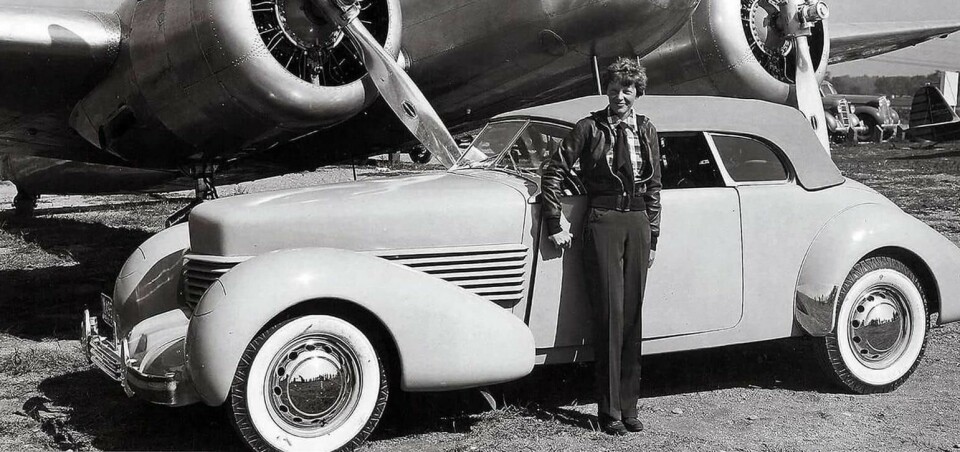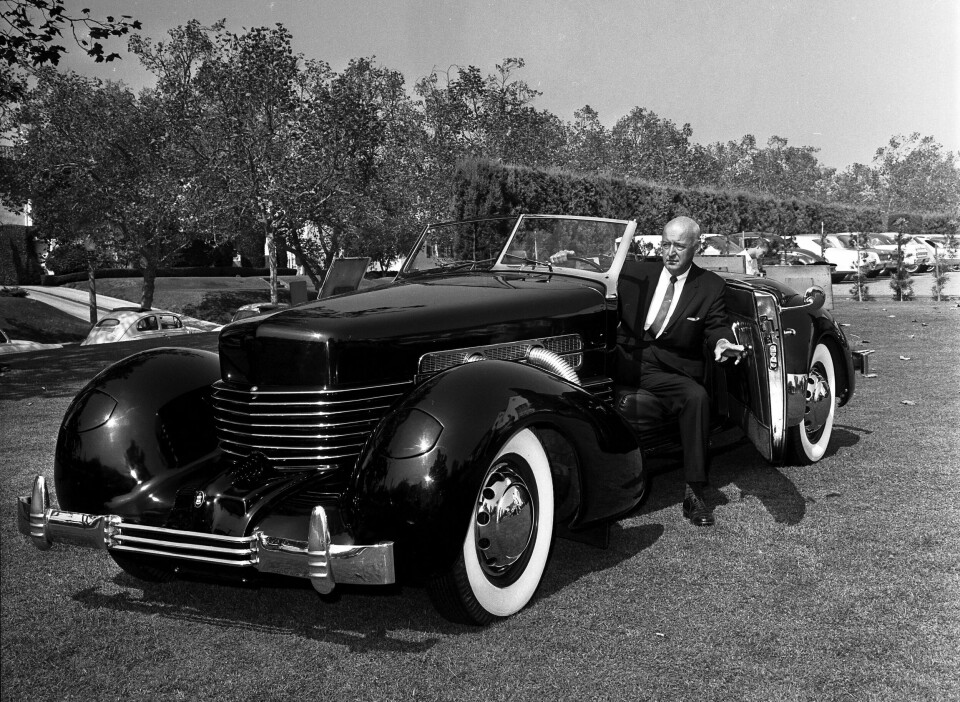
Flashback: the era-defining Cord 810
Karl Smith takes a look at the short-lived yet iconic Cord 810, a symbol of mid-1930s glamour
It might not have been the Face that Launched a Thousand Ships, but the Cord 810 was a car that defined the era of the Streamline Moderne.
Introduced at the New York Auto Show in late 1935, the Cord 810 was a smash hit. Crowds at the Waldorf Astoria hotel, where the show was held in those days, pressed in so tightly that some attendees resorted to standing on the bumpers of competitors’ cars displayed nearby to get a better look.
There on the Cord stand, near its Auburn and Duesenberg cousins, was a sleek sedan with a radical new face, one that would define its era and become an American automotive classic and icon of American automotive design – and one that would be enshrined in the Museum of Modern Art in New York some 16 years later.

The Cord 810 began as an idea for a “baby Duesenberg”, or an Auburn car. Its design was penned by Gordon Buerhig, who already had a reputation for excellent and forward-thinking design.
Central to Cord’s visual identity was its prominent hood, which soon acquired the nickname “Coffin Nose” (it was, in fact a clamshell hood, the first on a production car). A grille of horizontal louvers ran around the sides of the engine compartment and across the nose.
Supercharged models had chrome exhausts penetrating the louvers which added real glamour to the car, but diminished its streamlined look.
Flanking the nose was a pair of sleek fenders with retractable headlights. The headlights, which were raised by hand with a crank just to the left of the steering wheel, were adapted from the landing lights of the Stinson airplane (a company also owned by Cord). They were the first retractable headlights ever on a production car.
Excitement about the car led to enormous number of orders which were promised by Christmas of 1935, but, unfortunately, few were delivered. Those that were delivered had technical problems and disappointment hung over the company throughout 1936, with mechanical problems and delays plaguing the Cord’s production.
The Cord would soldier on through the 1937 model year, and though a favorite with the Hollywood set, it would quietly exit production. Even E.L. Cord would exit his own company and decamp for Hollywood, having grown weary of the car business, and his own recalcitrant board of directors.
But the Cord car would live on in the public imagination, its curved form, sleek nose, horizontal lovers and mysterious hidden headlights placing it in a category of its own until other manufacturers began copying its more successful design elements. It has remained popular with automotive enthusiasts ever since, a symbol of glamorous era of design that flourished even in desperate times.









